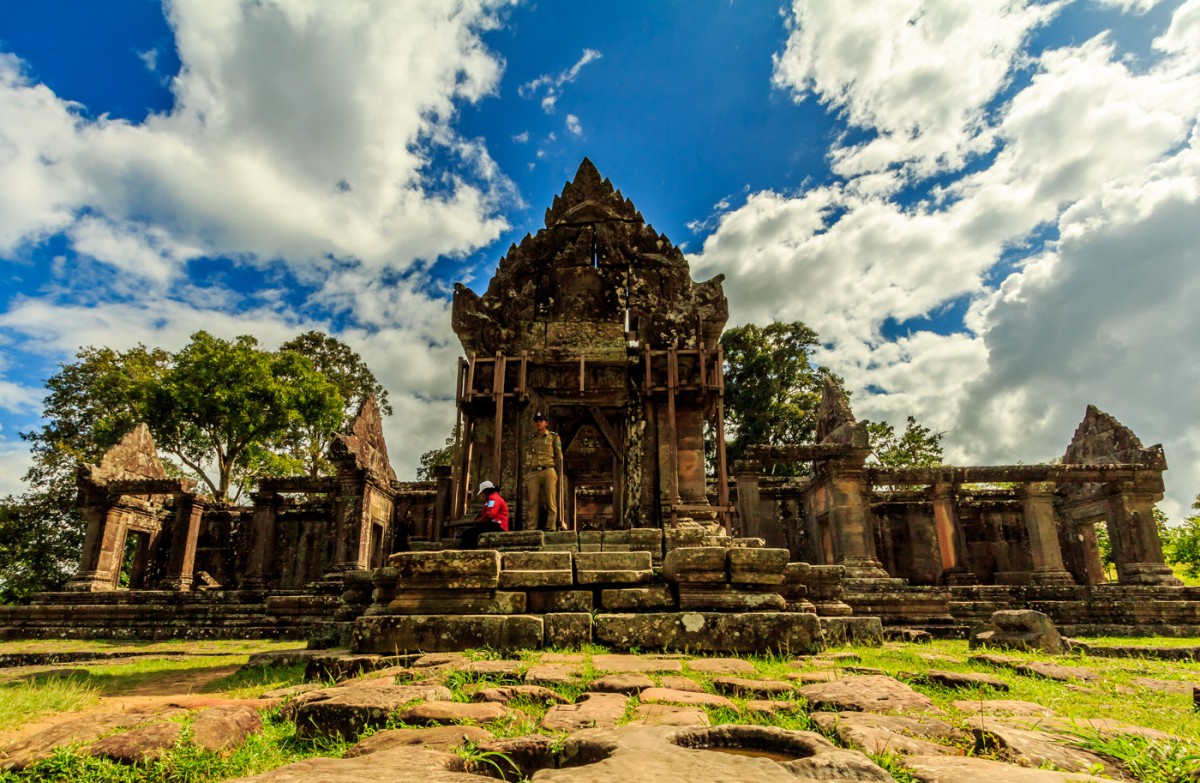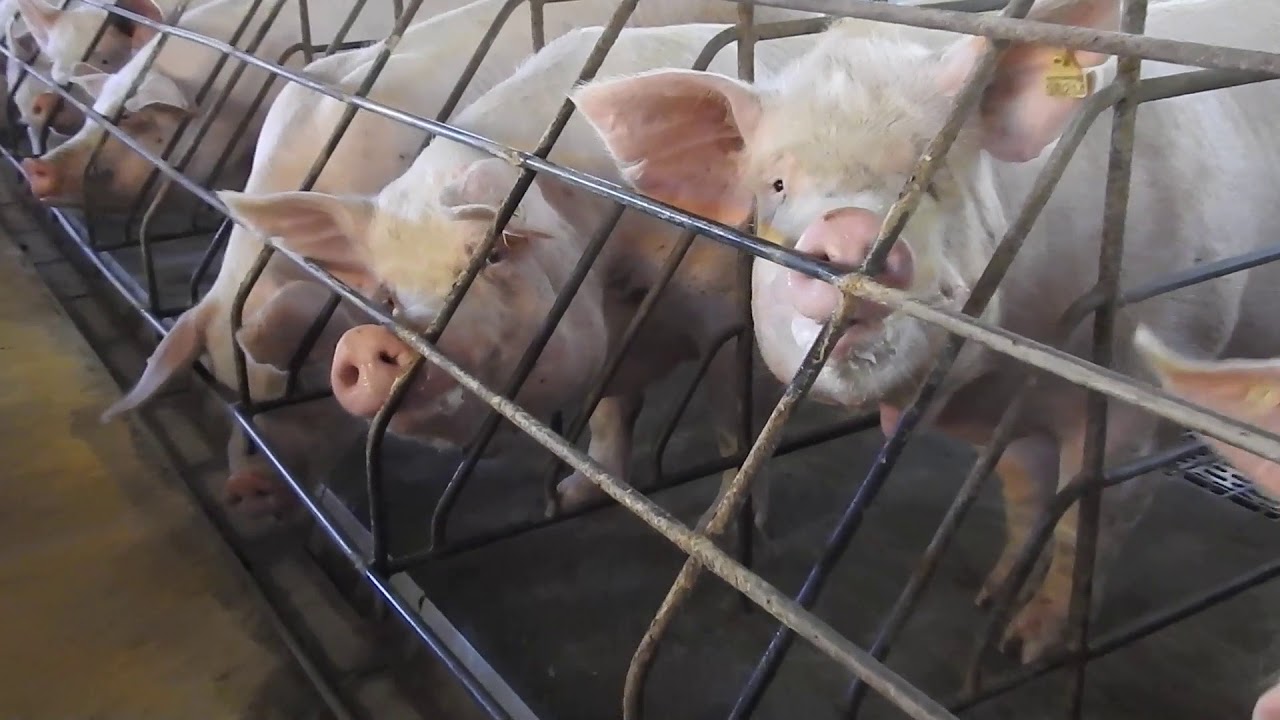The rise of Hinduism in Australia
Reverend Albert Lange was disillusioned by Christianity before he converted to Hinduism. In 1979 he became Bhakta Dasa.
“I was an atheist before I found my truth in the Hare Krishna movement,” he said.
Mr Dasa is now the national communications director for International Society for Krishna Consciousness, ISKCON Australia.
He’s one of the many Australians who find themselves drawn to the 5000-year old religion of Hinduism.
Hinduism emerged in the 2011 Census as the fastest-growing religion in Australia – and is expected to have continued in the years since, according to both the Australian Multicultural Foundation and the Hindu Council of Australia.
Census watchers, meanwhile, predict that despite the growth in the number of Australians nominating Islam as their religion (from 2.2 per cent to 2.6 per cent of the population), Hinduism will overtake it (2.7 per cent).
The trend is largely explained by migration, with increasing numbers of Indians settling in Australia, particularly in Melbourne. There has been a the four-fold increase in the number of Indian-born residents in the nearly two decades to June 2014.
But locally-born Australians, too, are gravitating towards the world’s third-largest religion, says Mr Dasa.
“The Hindu way of life, with vegetarianism, karma and spirituality as its tenets, has never been more popular in the western world,” he said.

Bhakta Dasa with his meditation beads.
A highlight of the Australian Hindu calendar each year is Rath Yatra, or Chariot Festival.
The festival sees the adorned idol of God Krishna, or Jaggannath (Lord of the Universe), step out of the sanctum of his temple in Albert Park onto the streets of Melbourne. The ropes of his cart are pulled by thousands of devotees symbolising the reestablishment of the connection with the god.
This year the festival drew more than 25,000 people to the Catani Gardens of St Kilda, reflecting Hinduism’s rising popularity in Australia.
Mr Dasa says the event also attracted many non-Hindus, out to enjoy food such as prasadam (religious offering), Indian dance and music performances and Bhagwad Gita readings.
ISKCON temple is one of the many temples that cater to the religious needs of Hindus in Melbourne. Of the 51 Hindu temples in Australia, 19 are located in Victoria, belonging to different sects of Hindus that worship gods such as Ganesha, Durga, Hanuman and Shirdi Sai Baba.
Makrand Bhagwat, from the Hindu Council of Australia, says the number of temples in Melbourne has been steadily rising over the years, reflecting a proportional increase in the Hindu population of the state.
The foundations for the Shiva Vishnu temple – Australia’s biggest and one of its oldest Hindu temples – were laid in 1988 in Carrum Downs, in Melbourne’s south-east. Situated on almost six hectares of land, the temple is visited by more than 100,000 people a year.

Carrum Downs – Shiva Vishnu Temple, the largest Hindu temple in Australia.
Constructed predominantly by Hindus from India and Sri Lanka, the temple offers a religious home to many migrants, including those from south-east Asian countries such as Singapore, Malaysia and Thailand, as well as Fiji.
“We just needed a place to worship,” says Sivananthini Krishnamoorthy, a migrant from Sri Lanka who has been a part of the team that saw Shiva Vishnu temple take shape from its humble beginnings in a small shed.
Mrs Krishnamoorthy says the Hindu temple at Carrum Downs is more than a place of worship for the community in Melbourne – many Caucasians also visit and are learning Vedic Hindu scriptures in Tamil.
“Something that I never did as a child even in Sri Lanka,” she said.
She says the temples of Melbourne had helped her family to retain a connection to their culture and tradition.

Rath Yatra, or Chariot Festival, is a key day on the Hindu calendar. This year’s festival in Melbourne attracted more than 25,000 people.
The Hindu temples of Melbourne come under the umbrella of the Hindu Organisation of Temples Association, which engages in many interfaith activities and provides spiritual services to Hindus across Australia.
The temple premises often become celebration venues for weddings, naming ceremonies and festivals such as Diwali, Holi and New Year. Traditionally it is a first stop for Hindus on the arrival of a baby, or when moving into a new house or buying a car. Students and job seekers often flock there before a major exam or interview.
The Hindu Council of Australia liaises with government, while reaching out to other organisations and institutions, and seeks fair representation of Hindus in the media.
Mr Bhagwat says the council had a major hand in adding Hinduism as a religion option in the 2016 Census.
“[The council], along with its partner organisations, ran a campaign in our networks to encourage the Hindu community to exercise this option,” he said. “We are very keen to see the outcome of the 2016 Census…and pretty confident that this [growth] trend will continue.”











